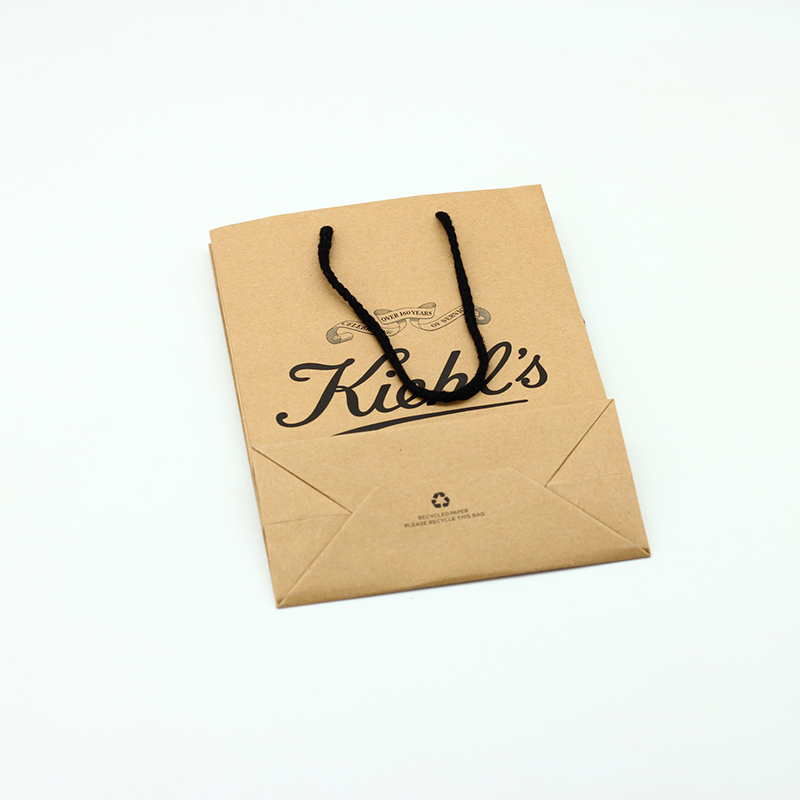With the increased flurry of gifts and returns being ordered online and shipped to consumers, paper and cardboard recycling will be in the spotlight this holiday season. The good news is an increased emphasis on sustainability seems to be winning out, according to a study from the American Forest & Paper Association (AF&PA), a national trade association for the paper and wood products industry. In 2022, 68% of all paper consumed in the U.S. was recycled — recovered and fed back into the country’s milling systems to produce new products — including more than 93% of all cardboard boxes.
Terry Webber, the AF&PA’s vice president of Industry Affairs, says that the 68% mark is among the highest recycling rates seen by the organization so far. Gift Box Christmas Tree

“It kind of goes up and down because it is very much a market-driven system,” he says. “It has been hovering in that 67% to 68% range for at least the last five or six years. Roughly, we’re talking about 50 million tons of paper that gets recovered for recycling every year, which is a really, really impressive number.”
Webber adds that all of that recycled paper makes up more than 43% of the U.S.’s fiber supply, which is important, because the American paper sector is currently unable to get all the fiber it needs from forests alone.
“It’s really critical that people get that paper back into the recycling system so that it makes it back to the mill system in order to sustain the manufacturing we do,” he says. “Recycling has become an integral part of this value chain.”
Not every company has the financial resources to handle all their own recycling operations. A recent study by Olivia Montgomery, an associate principal supply chain analyst for the Gartner subsidiary Software Advice, found that small and medium-sized businesses (SMBs) increased their work with third-party recycling centers in 2023.
“If they use a lot of cardboard, they can partner with paper waste companies so that they don’t have to have these huge processing centers in the back of their stores,” she says. “We are seeing a pretty big rise in companies that are stepping up to fill that need.”
Unfortunately, the mountains of paper and cardboard waste generated during the holidays make it harder for trade associations and companies to achieve their sustainability goals. That’s where shoppers can play their part within the supply chain, Webber explains.
“I think it’s a good time of year to remind ourselves how important it is that consumers make the extra effort to make sure those materials make it into recycling bins,” he says.
Surprisingly, Webber says that big box stores “do an excellent job” of making sure those materials get recycled and shipped back to paper mills to be reused in manufacturing. By contrast, residential recycling rates tend to be lower, partly because of disorganized residential recycling processes. So, the real challenges come from residential recycling and repurposing, Webber argues.
“Some of it has to do with access to recycling bins,” he says. “Some of it is the technology at material recovery facilities.”
“People put all of their recyclables in one bin, then you have to unpack that bin and sort those recyclables into different commodity bales,” Webber says. “The hard part, from the consumer perspective, is making sure people are making the effort and getting boxes and paper into recycling bins.”
The staggering number of returns during the holiday season adds significantly to the paper waste issue during this time of year. Because people are unable to try out items before they buy them online, consumers purchase different versions of the same item multiple times with the intent of returning most of those products, Montgomery says.
“They’re going into a purchase knowing they’re going to return some stuff, and that consumer behavior has to be accounted for in businesses,” she says. “Companies are just kind of starting to realize ‘we can recoup some money and help save the planet.’ Returns are only increasing, not decreasing.”
If there’s any hope to make the holiday season more sustainable and recycling-friendly, Webber says that the American market’s infrastructure and consumer participation must improve. There also needs to be an increased demand for recycled materials from paper and fiber mills.
“I would love to see a day where we get to 100% consumer participation and 100% access, but there’s some work we have to do to get there,” Webber says. “Our industry is stepping up to the plate for that. For the 2019 to 2024 period, our companies have publicly announced about $7 billion worth of investment in the mill infrastructure side that would increase our consumption of recovered fibers by about 9 million tons a year.”
“At the end of the day, the resources of the planet are finite, and we need to utilize the resources we have access to in the most efficient way possible,” he says. “Our industry is stepping up to the plate to do that.”
Timely, incisive articles delivered directly to your inbox.
All content copyright ©2023 Keller International Publishing Corp All rights reserved. No reproduction, transmission or display is permitted without the written permissions of Keller International Publishing Corp

Paper Shipping Tubes Design, CMS, Hosting & Web Development :: ePublishing